Bleach: Everything You Need to Know
Bleach is a common yet powerful cleaning agent found underneath most kitchen sinks in America today. However, just a few decades ago, this was not the case. Bleach: everything you need to know! Please refer to the CDC for accurate information on disasters and viruses.
It was invented in 1785 by the French scientist Claude Berthollet, who realized that it could be used to bleach and whiten fabric. Though it’s been around for over 200 years, it didn’t become commercially popular and widely used in Europe until the 1930s.
In fact, it didn’t make a big splash in America until the 1980s. Over the past several decades, people have learned to use bleach around the house for a number of reasons, not just for bleaching fabric.
We’ll share with you more information about bleach and several other ways you can use it around your home.
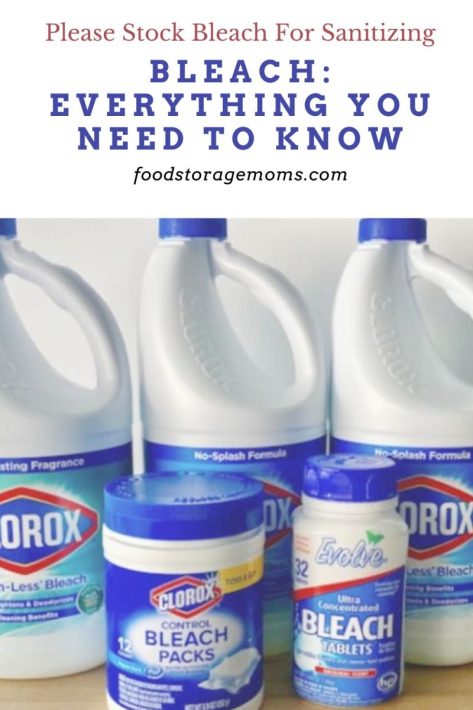
Types of Bleach: Everything You Need to Know
Bleach: everything you need to know. You should be aware of two different types of bleach that are used as cleaners. Chlorine bleach contains sodium hypochlorite, a bleach solution that brightens and whitens fabric.
Oxygen bleach is a solid form of hydrogen peroxide. When used for laundry, it is safe for most colors. It is also safer than chlorine bleach and works better in a powdered formula.
Bleach Tablets, or AMAZE Ultra Concentrated Bleach Tablets, or OxiClean White Revive Laundry Whitener
What are their Uses?
Oxidizing Agent
Many people have discovered that bleach works wonders on white clothing by making them look brand new again. With a little help from bleach, older t-shirts, underwear, and dingy old socks will brighten right up after one wash.
When you use an oxidizing bleach on clothing, what it’s doing is breaking down the chemical bonds of a chromophore. It actually changes the color of the molecules by making them colorless, or significantly altering the color.
So not only does bleach brighten up clothing, but it can also be used to get tough stains out of clothing. Even the toughest stains, such as ketchup or bloodstain, often can be blotted out while using bleach.
Disinfects Surfaces
Bleach can also be used to disinfect surfaces like countertops by killing bacteria, mold, mildew, and even viruses. That’s why hospitals, hotels, and other public use places use it to disinfect bed linens and surfaces, while restaurants often use chlorine bleach to clean off surfaces used for food preparation.
Chlorine bleach is also added to swimming pools to help keep the water clean and sanitized. Some people even use bleach to whiten tile grout, cracks, and clean bathroom and kitchen appliances.
It not only works on fabric stains, but typical stains found all around the house.
One Will Disinfect
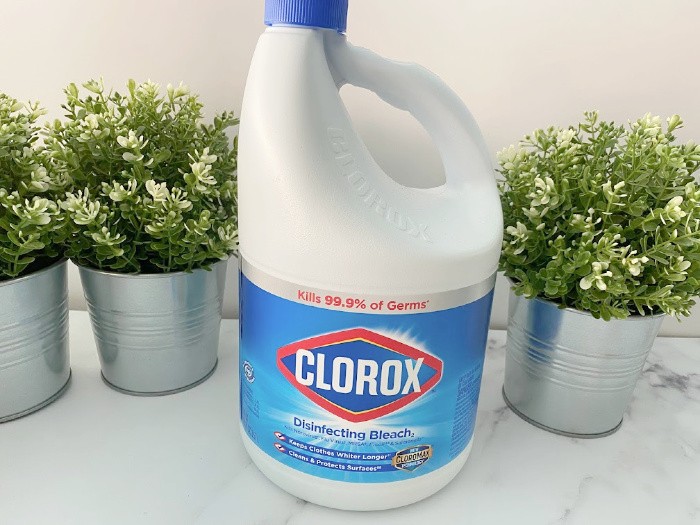
The Splash-less does not Disinfect
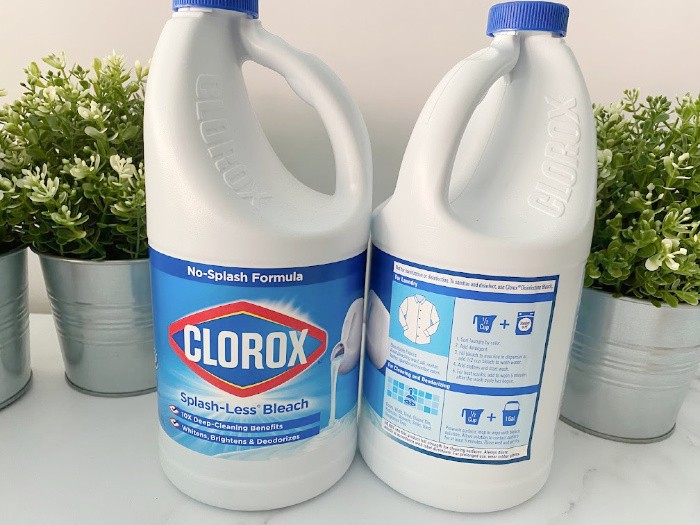
Disinfecting Drinking Water
Did you know that adding bleach to water that has been compromised can make it drinkable again? That’s why unscented bleach is ranked so high on a prepper’s list of basic supplies. For every gallon of water you are purifying, add 1/8 teaspoon of bleach. Recommended by the CDC
Allow it to sit for 30 minutes, and you should notice a slight chlorine odor. Chlorine bleach is a water solution of sodium hypochlorite. Laundry bleach we use to whiten and brighten our laundry or disinfect laundry is typically either 5.25 percent (regular strength) to 8.25 percent sodium hypochlorite (ultra-strength).
Used to Relieve Eczema
People who suffer from eczema may find relief in using a small amount of bleach (1/4 to 1/2 cup) added to their bathwater.
It might not completely cure patients, but it does lessen the symptoms, which may include redness, itching, or scaling.
You may wonder why the kids with Eczema feel better in the summer, it may be the chlorine in the swimming pool.
Freshen Up Garbage and Trash Cans
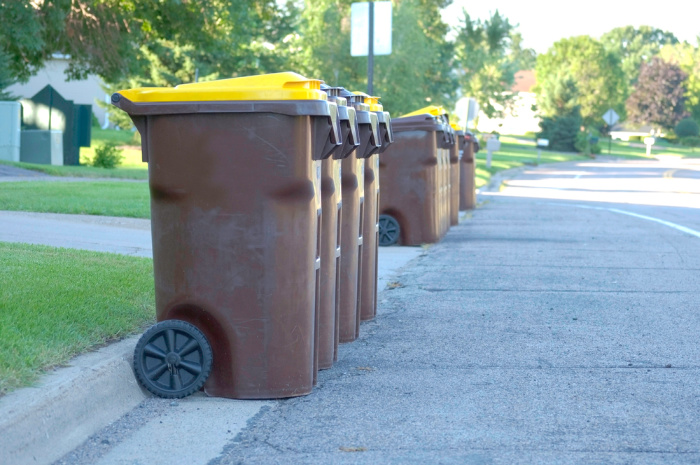
Does the stench from your garbage can ever become fouler than you can handle? Now we can wash the inside and outside of garbage cans, this stuff works.
After washing with soap and warm water, try using a 1/2 cup of bleach, mixed with 3/4 of a gallon of water and swish the solution around. After about 2 minutes, you can go ahead and rinse it out.
Cleaning and Sterilizing in the Kitchen
You can use bleach to sanitize your dishes, utensils, and even your baby bottles. Wash them with soap and warm water after using the bleach and before you use them.
Using Bleach While Doing Laundry
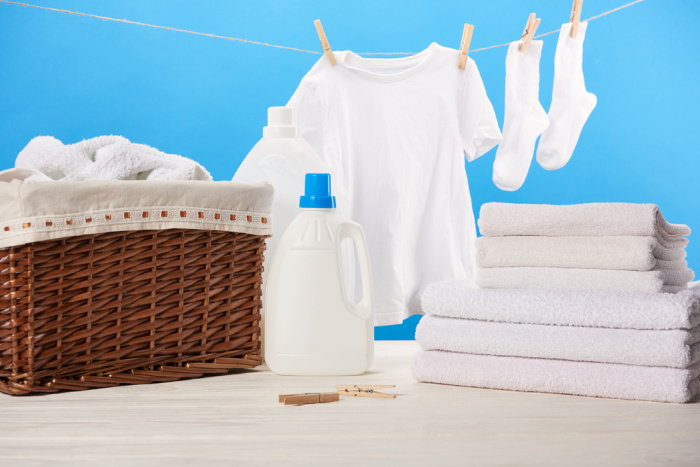
Clorox® Regular Bleach2 is thought to be the strongest and best bleach for dealing with stains and whitening. Not only is it a disinfecting bleach, but it also works on several other cleaning situations around the house.
Bleach is extremely concentrated, so every time you use it you need to dilute it with water. When you’re using it for washing clothing, we recommend you add half a cup bleach with the laundry detergent into the washing cycle after waiting 5 minutes from the start of the cleaning cycle.
Many washing machines don’t contain a bleach compartment, so it’s best to wait till after this step to add your clothing to the washing machine.
To help get rid of tough stains, dissolve 1/4 to 3/4 of a cup of bleach per 4 liters of water. Make sure you don’t put it directly onto the clothing but dilute it first. Then you’ll want to soak it for an hour, or overnight, and then wash.
Properly Using Bleach
It’s very important that you never mix bleach with other cleaning products around the house. Mixing it with vinegar or ammonia can create a hazardous and poisonous gas.
It’s also important that you read labels on cleaning products before you use them. Even though it may not say bleach on the bottle, if sodium hypochlorite is present, mixing products can be dangerous.
When you’re using it to clean, make sure that you have good ventilation by leaving windows so that you don’t inhale the fumes. Failing to do so can cause sore throat, coughing, and make it difficult to breathe.
If bleach is used to clean your toilet, be sure to use a brush when scrubbing the toilet bowl. I like to put my bleach mixture in a spray bottle so I can more easily control how much bleach reaches the surface to be cleaned. It also minimizes the chance to spill larger amounts on sensitive surfaces or your skin.
Before you clean a different surface, test out your bleach solution to make sure it doesn’t damage the surface. Leather is one fabric that doesn’t react well to bleach.
Health Concerns
Bleach that is extremely potent and concentrated can be an aggressive irritant if it comes into direct contact with your skin, so you need to be careful when using it. Those with health issues like asthma may want to stay clear of bleach since it’s hard to use the solution without breathing in the fumes.
Direct exposure will cause itching, drying skin, or even leave harmful burns. That’s why you should wear protective gloves while using bleach as you wipe those counters. Some people feel safer when the wear a face mask when using bleach to clean around the house.
Ingesting bleach can also be extremely dangerous. It can cause damage to your esophagus and stomach, which can lead to death. You might be surprised how one can accidentally swallow bleach, but it happens more than you might suspect.
If you believe someone in your family has ingested any amount of bleach, it should never be taken lightly, and you should call poison control for assistance.
It’s also important for you not to force yourself to vomit if you have accidentally consumed bleach. It can burn as it goes down and then again as it comes back up!
This can cause even more harm to your lungs and make your situation worse. If after one hour, a person is experiencing chest pain, vomiting or difficulty swallowing after using bleach, then you need to get yourself to the ER. It is critically important to keep all cleaning products away from children, and particularly bleach.
Shelf Life of Bleach
Please only store what you can use within 9-12 months. Clorox Bleach recommends replacing any bottle over 12 months of age. Six months is the best time frame for storage.
Other Posts Like This:
- Witch Hazel: Everything you need to know
- Green Tea: Everything you need to know
- GMO Foods: Everything you need to know
- Bleach 101
Final Word
Are there other uses for bleach that you’ve come across in your home? What surprised you the most about its many uses? Bleach: everything you need to know. Please stock up, we must be prepared. May God bless this world, Linda
Copyright Images: Laundry Basket Depositphotos_223023852_s-2019, Garbage Cans Depositphotos_9452441_s-2019

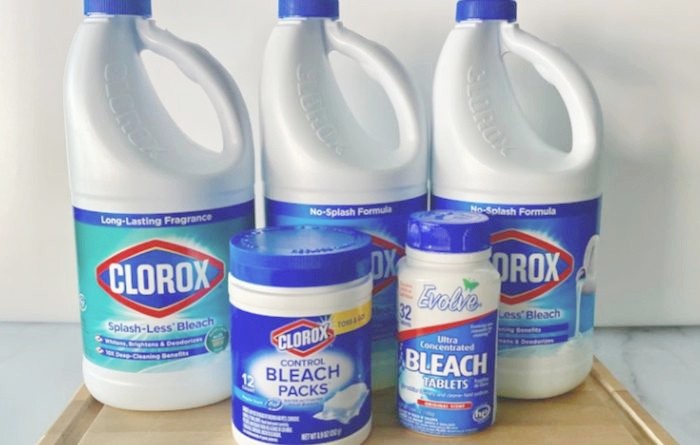

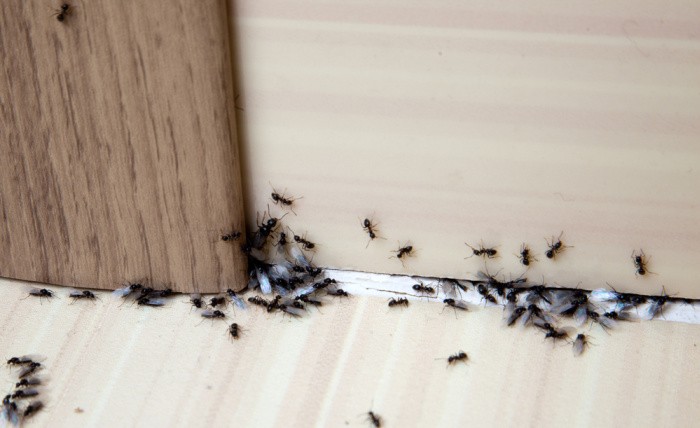
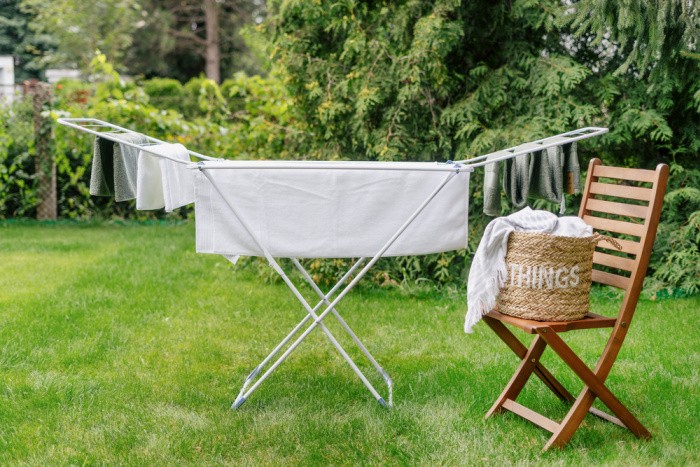
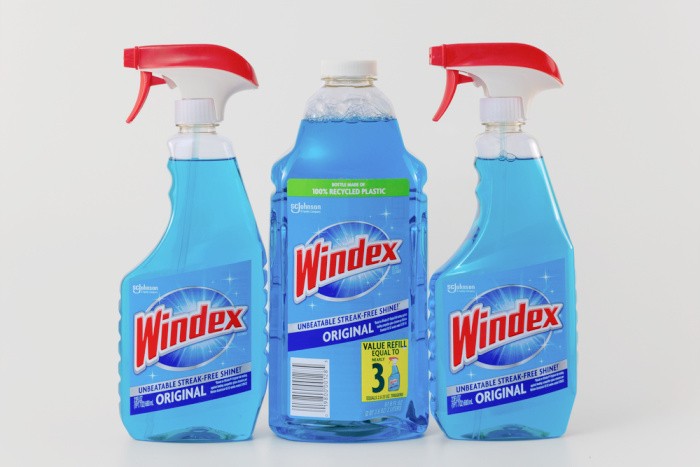
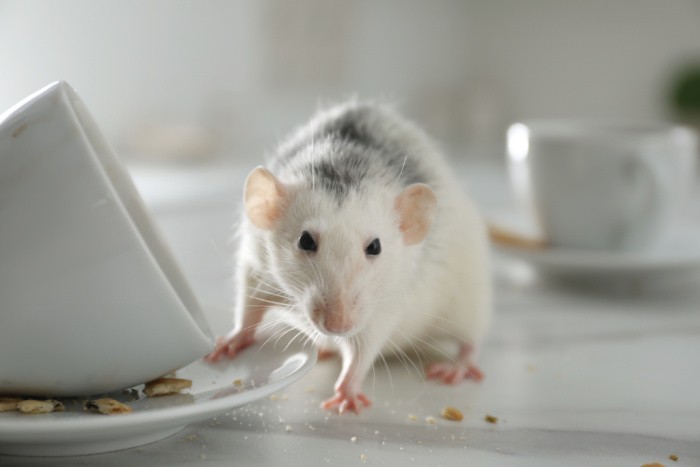
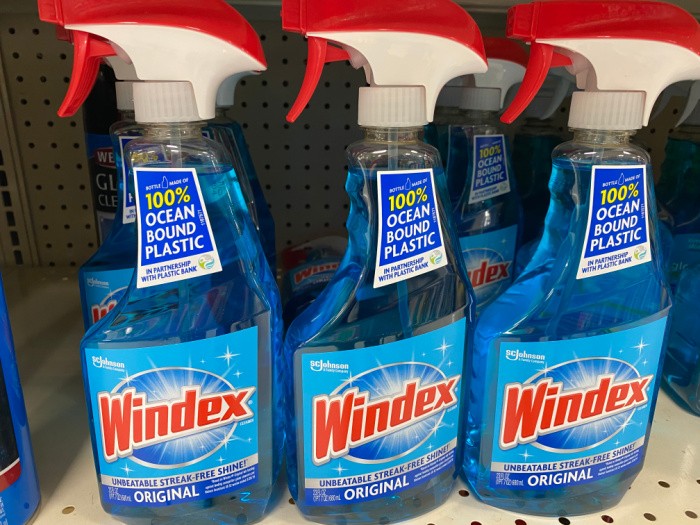
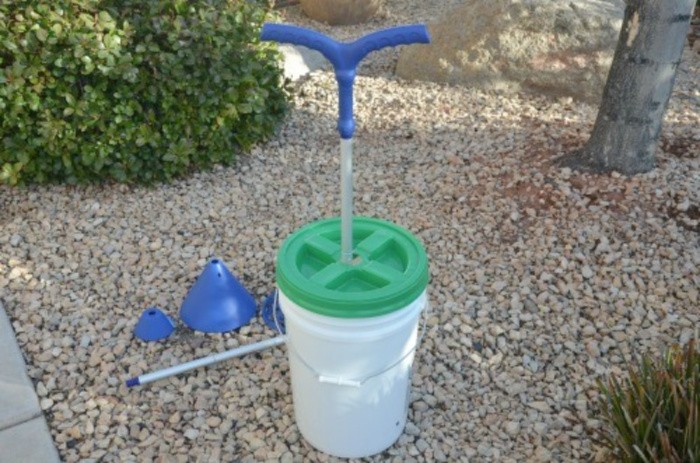
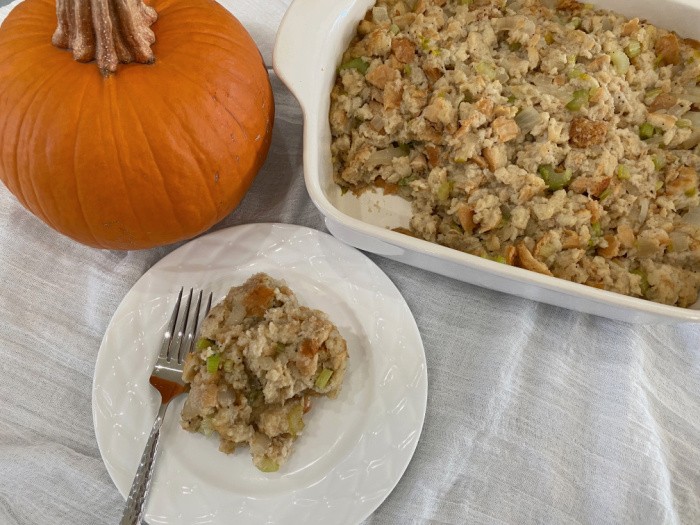
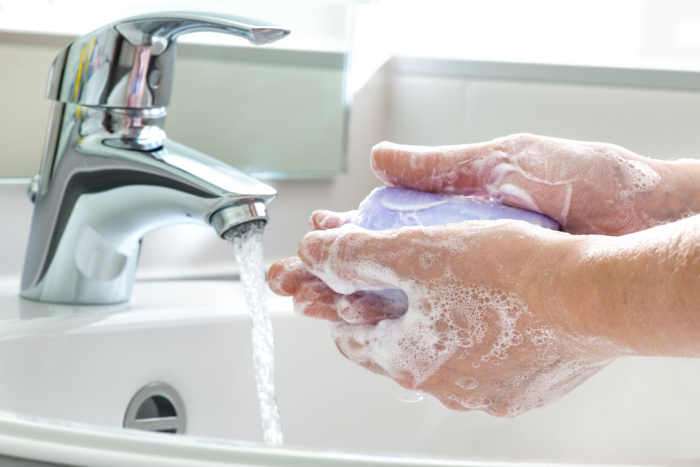
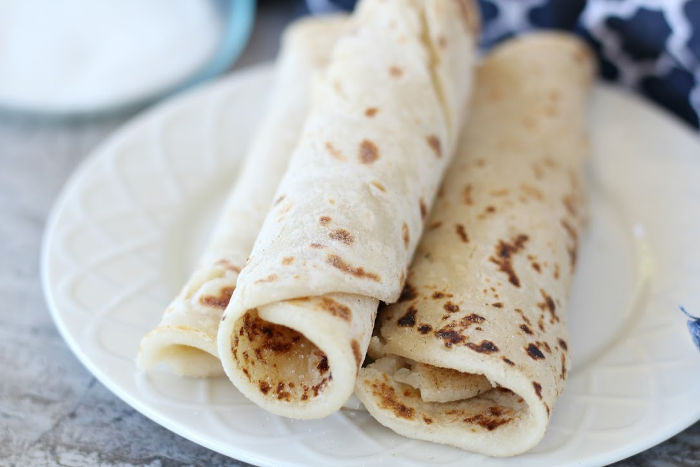

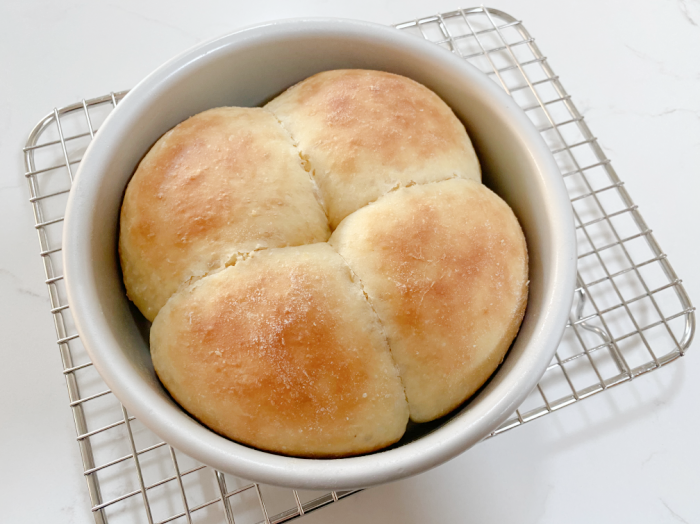


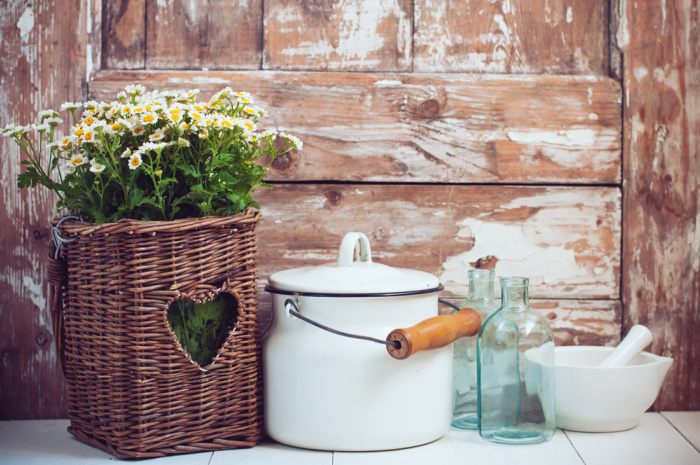
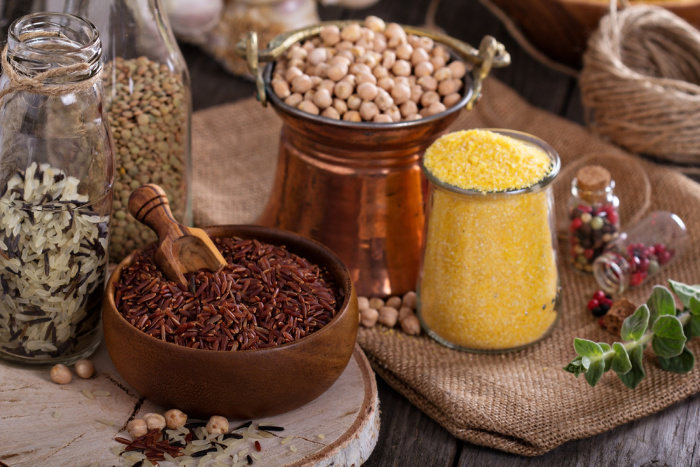
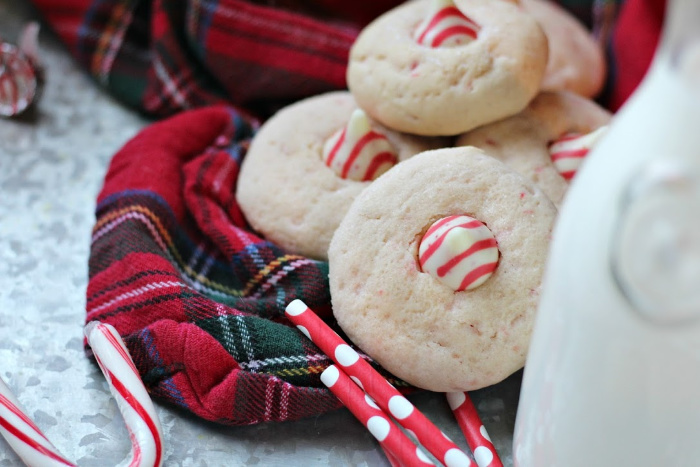
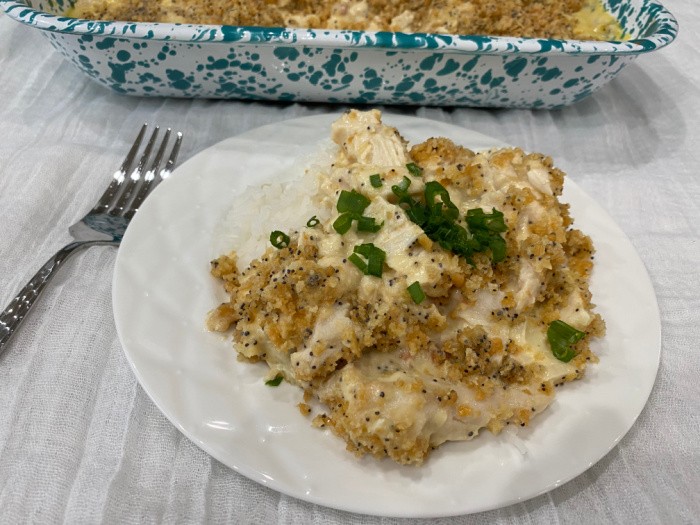
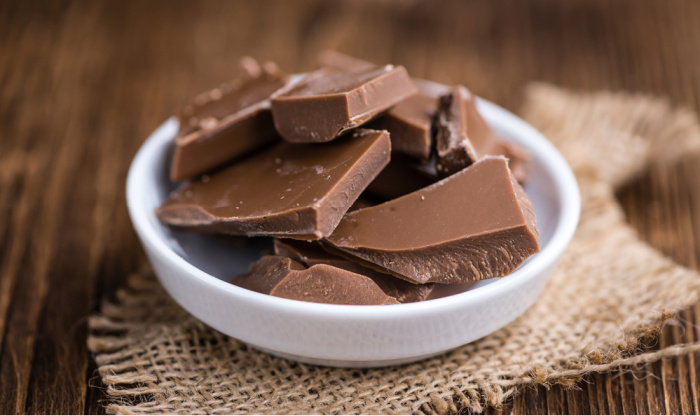


Linda,
Great post! I sometimes use bleach to sanitize dishes in the dishwasher. Most dishwashers have a rinse cycle before the actual wash cycle to rinse away tiny food particles before the dishes are washed. Adding 1/4 cup of bleach to this rinse cycle will help to sanitize them if anyone in the household is ill. The slight remaining bleach odor is eliminated then in the wash cycle and the final rinse cycle.
Good Morning Linda, For water treatment, you said to make sure the bleach has 5.25% and 8.25% chlorine. What is the 5.25%? Thanks.
Pam,
The 5.25% is the sodium hypochlorite content.
Hi Pam, I have very little wifi, where I am this week. It’s a water solution of sodium hypochlorite. Linda
Linda, bleach was used by my mom as a cleaner all my life and i imagine long before I was born, (lol, 1960). Mom had 4 primary cleaners: bleach, ammonia, vinegar, with dish soap. Mostly because these were cheaper than buying ready-made cleaning products. And this is still true today! A person just needs to realize none of the first 3 can be mixed. Since we are talking about bleach, I will share something I did. I have popcorn painted ceilings which I Never would have done if I’d thought about how they simply grab dust and any oils/whatever. After only a few years after my build, my ceilings were yucky. I was doing a lot of canning and dehydrating, which wierdly enough does send stuff into the air, especially up high. My kitchen ceiling looked dingy. Augh, I didn’t want to hire a painter and really didn’t want to do this myself…popcorn ceilings require a really good sprayer. About this time I sold an ad to a cleaning company who cleaned popcorn ceilings. I wanted to hire them but they wouldn’t do the 3 hour drive, lol. They did share how I could do this myself, tho it would require patience and work since I didn’t have their equipment. They said I just needed to Spray my ceilings with their concoction, and I could do this with even just a spray bottle, a stepladder, and plastic drop cloths. Here’s their recipe: 2 cups bleach, 1/4 cup Dawn and water to fill up a gallon jug. Put this into sprayer bottle. Cover furniture and floor with drop cloths. Get up onto ladder and spray the ceiling well, enough to see droplets onto plastic sheeting. Yes, a person needs to wear a facemask (just a sheetrockers mask is fine) and if possible, open a door or window. Literally, I saw grease in the droplets! It took about 4 hours to clean my kitchen ceiling (16×20). 2 hours max of putting down and removing the plastic sheets. Yes, we could smell the bleach but only until it dried, about another 2 hours. I got a beautifully white ceiling for a day of my work and I think about $10 in cost (bleach,soap, drop cloths, 1 facemask). Now, I remember how long any ceiling paint process is: it’s days! This size of room means painters tape things off,cover stuff, Kilz it one day, let dry, then yet another day of paint, come back to pull off tape and remove tarps. Meanwhile, the family has all that smell. Yea, cleaning made better sense to me than painting. Glad I had an avenue to share this. Lol, I also have a clients tip on how to get ‘red’stains from carpet using ammonia. Would be happy to share. Have a great day!
Hi Linda,
Off topic – I purchased some “TEEO” cake pans and I did not find instructions regarding greasing or oiling the pans. If you know, I would appreciate learning!!
Thank you for this article about bleach and I really appreciate the comments.
Thank you,
Kathie
Hi Kathie, I have never heard of those pans. I would contact the company website to find out. Linda
Bleach is one of the few prepping items that needs to be rotated out on a rigid schedule. As soon as the bleach is bottled it starts to degrade (slowly) and after 6 months it will no longer be at the listed strength and can’t be trusted for water disinfection.
Pool shock (dry calcium hypochlorite) is the long term solution for making bleach as you need it, but it’s even more dangerous than a bottle of bleach as it’s concentrated. I keep 6 pounds of pool shock (pure with no algicides or other active ingredients) in case of long term SHTF, but I also have all the safety gear stored with it as well as directions and measuring spoons and cups (all plastic.) When I need to use some bleach after an event, I can take a small amount of pool shock and mix it with clean water to make my own bleach and then use that like normal commercial bleach. Just be sure you know what you’re doing before you store or try to use pool shock in this manner.
Read up online and then re-read the directions periodically so you’re familiar with safely handling it. Goggles, chemical resistant gloves and apron are the minimum protective gear you’ll need. And storage is just as important, since even though it’s shelf stable, it does off-gas a bit and is highly corrosive to metals. So glass or better yet, plastic containers are best (plastic is harder to break than glass.) Not trying to scare people off of this, just want to make sure you know the hazards of mishandling first before going this route. But it’s the best long term disinfectant available.
Hi DMWalsh, thanks for the great reminder about mixing our own bleach. I love your comment!!! Linda
WHEN IN WOODS & GET RED BUGS (THEY LOVE ME ) MIX SOME BLEACH IN CONTAINER OR TUB & DOUSE DN W/ IT ! KILLS THEM ,NO ITCHING ,NO NAIL POLISH ,WHICH DOES NOT WORK ,TRIED & TRUE !
AMOUNT -JUS SO YOU CAN SMELL LITTLE
Hi Daphne, thanks for the tip on the red bugs. Linda
Linda,
One word of caution about bleach. If you are on a septic system the bleach can and will kill the bacteria that’s digesting your effluent. So, use very little and then a day or two after using it dump some Roebics or other septic system treatment into your system to replenish your bacteria. Oh, and if you have any trees with root systems that intermingle with your leach field the bleach can kill them. I lost a plum tree this way.
Hi Ray, oh my gosh, this is really good news to tell everyone about bleach and a septic system. Thank you! The roots of your plum tree, what a shame. Linda
You beat me to it, Ray!
Since we are on a conventional septic system, we are very careful what we put into it. In addition to careful bleach use, we scrape all food remnants from dishes into the trash before putting in the dishwasher. The less chemicals and solids that go into the septic system, the better!!
Hi Harry, we don’t have a septic tank but I scrape our dishes before placing them in the dishwasher. I don’t want “stuff” going down my garbage disposal. Great reminder on bleach and the septic tank. Linda
Mother used to wash the bedding with bleach diluted in a gallon of water once a month. She used fels naptha powdered soap, and that didn’t react with the bleach. She said too frequent use of bleach on the sheets and towels would break down the cotton fibers, so holes would develop. Plus we had a cesspool (guess how old I am) that the bleach would disrupt. My Father had a special solution to aid the cesspool that he dosed the cesspool with a week after my Mother used the bleach. Of course she added diluted bleach, after someone or everyone got sick (flu, colds, pneumonia, gastric viruses and the childhood contagious diseases) as well. We lined dried our sheets, towels, and clothing outdoors in the Summer, a sovereign method to bleach whites. In the Winter we hung the laundry in our enclosed porch. Where they only got minimal sun, so once a month she added blueing to the wash, to help with the grayish look. I washed the kitchen every evening with Spic and Span (a great cleaner no longer made. Then added a Tb of bleach once a week to disinfect the linoleum flooring. (Old fashioned bucket with squeeze gadget over the edge of the bucket plus a commercial sized cotton string mop)!dating myself again!. When I went into nursing, I learned to soak my whites in the green soap we used for cleaning surfaces and washing the beds+ the frames and furniture after a patient was discharged. After soaking them in the solution, we then soaked in them in a hydrogen peroxide solution, it removed all the blood stains, pee, and poop from our whites, then wringed them out put them in trash can liner, and washed them as usual in the hottest water with starch that the machine could give. Our white cotton dresses came out sparkling white, and ready to iron. One of the best methods of stain removal, I’ve ever learned. Over the years I’ve learned that the best food and grease stains is full strength dish detergent rubbed into the stain until it’s saturated. Then leave it on until you do the wash. The longer it sits in the fabric, the better works, even on old stains. That didn’t come in the past washing. One thing I also learned when I was in nursing, whether you use bleach, disinfectant cleaning agents, Lysol spray,or hydrogen peroxide on your standard Formica counters, even those disinfecting wipes. The solution has to sit wet on the counter for 5 minutes or longer, to truly disinfect the surface. Applying and rinsing won’t do the job. You can use a bleach or peroxide solution to soak dish cloths and sponges, then throw the dish cloths in the laundry with the white wash, or rinse well if you’ve bleach. The sponges can go flat in the dishwasher’s top rack and come out smelling perfectly clean. I don’t use bleach on anything going into the dishwasher, because I use enzymatic cleaning tablets once a week when I that load of dishes. It works to keep the dishwasher drain, clear and smelling clean. It also helps keep the dishwasher from smelling musty, mildewy, or just plain groddy. I down scrape and clean the worst of the food remnants before they go into the dishwasher. It’s an older model without full power to blast the food off things in there. But it has a super hot cycle that sanitizes the dishes (I can literally burn my hands if I touch anything in there as soon it shuts off). When I clean I use extra heavy dishwashing gloves that come nearly to my elbows, wear clothing that is so old and worn it can’t be donated, a KN95 face mask, and an old chef’s apron too. A mask is very necessary when you scrub and clean your toilet especially when flushing. Flushing spreads bacteria and viruses in the air by droplet clouds. That’s why flushing toilet after use with the cover down. Keeping small children and pets out of it as well.
Hi MaryAnn, I love your comment. I saw something about when the toilets are flushed what spreads clear out into the room, glad you mentioned this!!!! I love the tips you shared. I’m somewhat of a germ person, I’m over the top careful with bacteria stuff. Love your tips! Linda